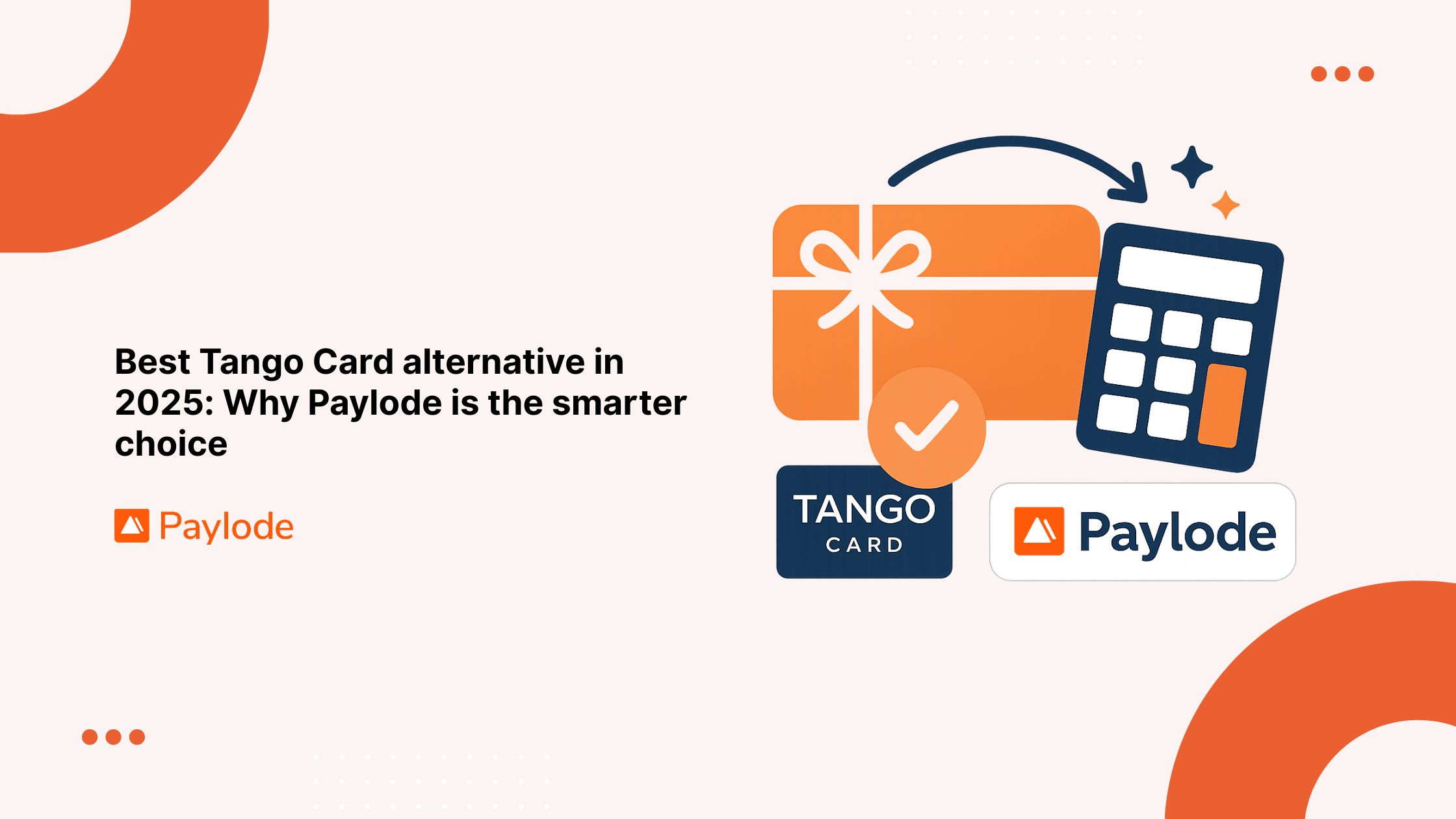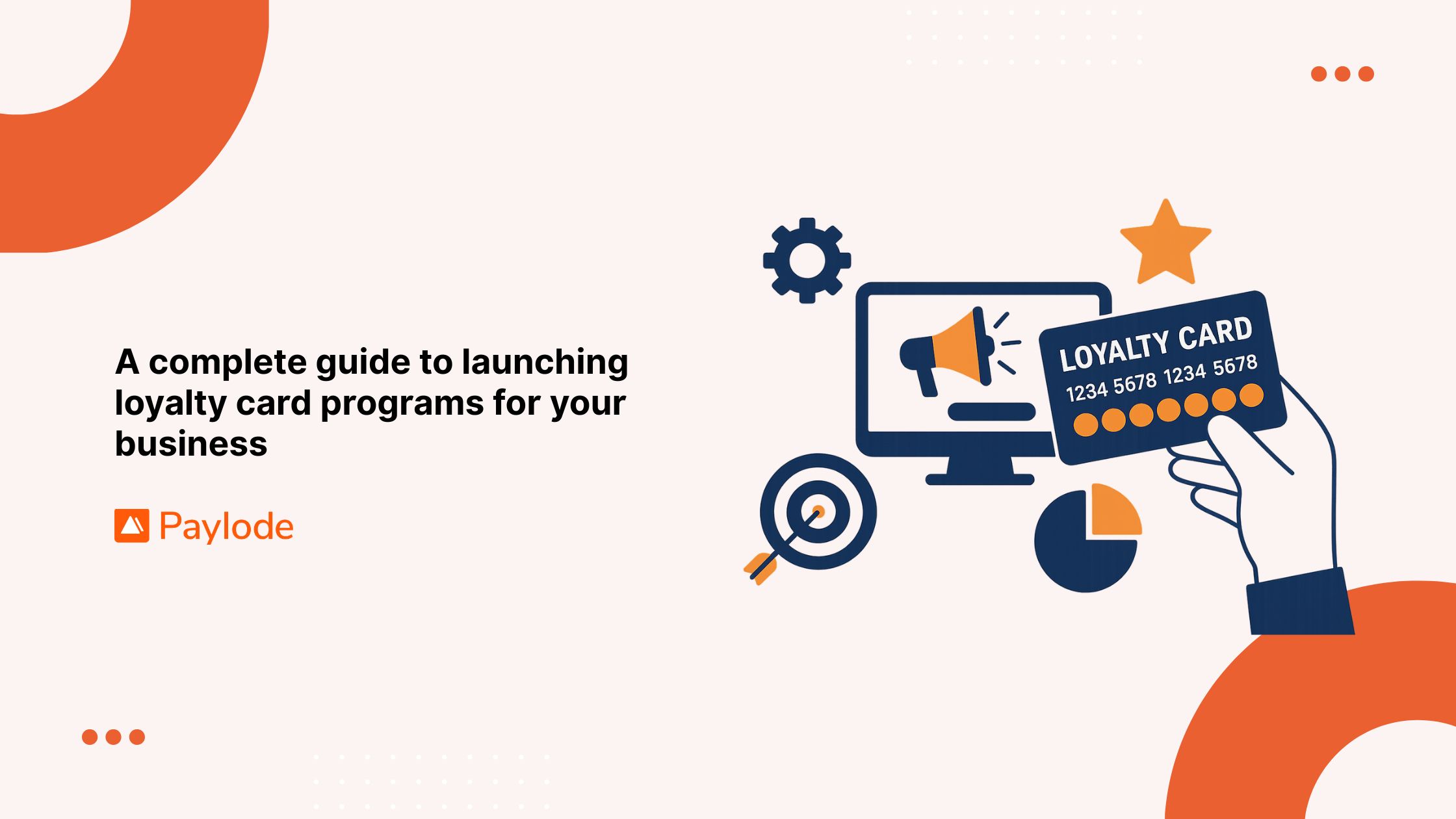In today's competitive market, customer loyalty programs are essential for retaining customers and driving repeat business. Designing a successful loyalty program requires careful planning, understanding your customer base, and avoiding common mistakes. This article delves into the key elements to consider, steps to create a successful loyalty program, and common pitfalls to avoid.
Key Takeaways
- Key Elements to Consider: Understand your audience, choose the right rewards, and ensure ease of use.
- Steps to Create a Successful Program: Define goals, select a structure, and continuously monitor and adjust.
- Common Pitfalls to Avoid: Overcomplicating the program, neglecting customer feedback, and underestimating the importance of promotion.
Key Elements to Consider
Understanding Your Audience
The foundation of any successful loyalty program is a deep understanding of your customer base. Knowing their preferences, behaviors, and what motivates them to stay loyal to your brand is crucial.
- Customer Segmentation: Divide your customers into segments based on purchasing behavior, demographics, and preferences. This allows you to tailor rewards and communication strategies to different groups.
- Customer Feedback: Regularly collect and analyze feedback to understand what customers value most. This can be done through surveys, social media interactions, and direct feedback.
Choosing the Right Rewards
The rewards you offer should be valuable and attainable for your customers. They should also align with your brand and encourage repeat purchases.
- Variety of Rewards: Offer a mix of rewards such as discounts, free products, exclusive access to events, or personalized experiences. This caters to different customer preferences.
- Achievable Goals: Ensure that rewards are attainable without excessive effort. If customers feel that rewards are out of reach, they may lose interest in the program.
Ease of Use
A loyalty program should be easy to understand and use. Complicated systems can deter customers from participating.
- Simple Enrollment: Make the sign-up process straightforward. Avoid asking for too much information upfront.
- User-Friendly Interface: Whether it's a physical card or a digital app, the interface should be intuitive and easy to navigate.
Steps to Create a Successful Loyalty Program
Define Your Goals
Before designing your loyalty program, clearly define what you want to achieve. Common goals include increasing customer retention, boosting sales, and enhancing customer engagement.
- Specific Objectives: Set specific, measurable, achievable, relevant, and time-bound (SMART) goals.
- KPIs: Identify key performance indicators (KPIs) to track the success of your program, such as customer retention rate, average purchase value, and customer lifetime value.
Select a Structure
Choose a loyalty program structure that aligns with your business model and customer preferences.
- Points-Based System: Customers earn points for purchases, which can be redeemed for rewards. This is one of the most popular and flexible structures.
- Tiered Program: Customers achieve different status levels based on their spending, with each tier offering more exclusive rewards.
- Paid Membership: Customers pay a fee to join the loyalty program, which grants them access to exclusive benefits and discounts.
Implement Technology
Leverage technology to streamline your loyalty program and enhance the customer experience.
- Loyalty Software: Invest in a reliable loyalty program builder that can track customer activity, manage rewards, and provide insights.
- Integration: Ensure that your loyalty program integrates seamlessly with your existing systems, such as your CRM and POS systems.
Promote Your Program
Effective promotion is key to the success of your loyalty program. Make sure your customers are aware of the program and its benefits.
- Multi-Channel Marketing: Use various marketing channels, including email, social media, and in-store promotions, to reach your customers.
- Clear Communication: Clearly communicate the benefits of the program and how customers can participate.
Monitor and Adjust
Continuously monitor the performance of your loyalty program and make adjustments as needed.
- Regular Analysis: Analyze your KPIs regularly to identify areas for improvement.
- Customer Feedback: Use customer feedback to make necessary changes and enhancements to the program.
Common Pitfalls to Avoid
Overcomplicating the Program
A complex loyalty program can confuse customers and deter participation.
- Keep It Simple: Ensure that the rules and rewards are easy to understand. Avoid complicated point systems or convoluted redemption processes. A Perks program is a great alternative to a complicated points system which is challenging to implement and sustain. Paylode provides white-label perks programs for any consumer company or a membership site. You pick any perks you want from our marketplace of 700 pre-negotiated offers.
- Clear Instructions: Provide clear instructions on how customers can earn and redeem rewards. Good news - a perks center is self-explanatory and gives you more time to invest in other initiatives.

Neglecting Customer Feedback
Ignoring customer feedback can lead to a loyalty program that doesn't meet their needs or expectations.
- Regular Surveys: Conduct regular surveys to gather customer feedback on the program.
- Act on Feedback: Use the feedback to make improvements and show customers that their opinions are valued.
Underestimating the Importance of Promotion
A loyalty program won't succeed if customers aren't aware of it.
- Consistent Promotion: Continuously promote the program through various channels to keep it top of mind for customers.
- Employee Training: Train your employees to promote the program and explain its benefits to customers.
FAQs about Customer Loyalty Programs
What are the key elements of a successful loyalty program?
The key elements include understanding your audience, choosing the right rewards, and ensuring the program is easy to use. These elements ensure that the program meets customer needs and encourages participation.
How do I start a loyalty program for my business?
Start by defining your goals, selecting a structure, and implementing the necessary technology. Promote your program effectively and continuously monitor its performance, making adjustments as needed.
What are common mistakes to avoid in loyalty programs?
Common mistakes include overcomplicating the program, neglecting customer feedback, and underestimating the importance of promotion. Keeping the program simple, listening to customers, and promoting it effectively are crucial for success.
How can I measure the success of my loyalty program?
Measure the success using KPIs such as customer retention rate, average purchase value, and customer lifetime value. Regular analysis of these metrics will help you identify areas for improvement.
Why is customer feedback important in a loyalty program?
Customer feedback is essential for understanding what customers value and identifying areas for improvement. Acting on feedback ensures that the program remains relevant and engaging for customers.
Related Articles
- Customer Loyalty: It Ain't Dead + 5 unique strategies
- Loyalty Program Builder Guide: Design Your Perfect Program | Paylode
- 2024 Customer Loyalty Programs Examples
- How to Compare Customer Loyalty Software [2024 Guide]
- The value of customer loyalty: By the numbers [STATS]
Crafting a successful loyalty program involves understanding your customers, selecting the right rewards, and ensuring ease of use. By following the outlined steps and avoiding common pitfalls, you can create a loyalty program that not only retains customers but also drives repeat business and enhances customer engagement.


